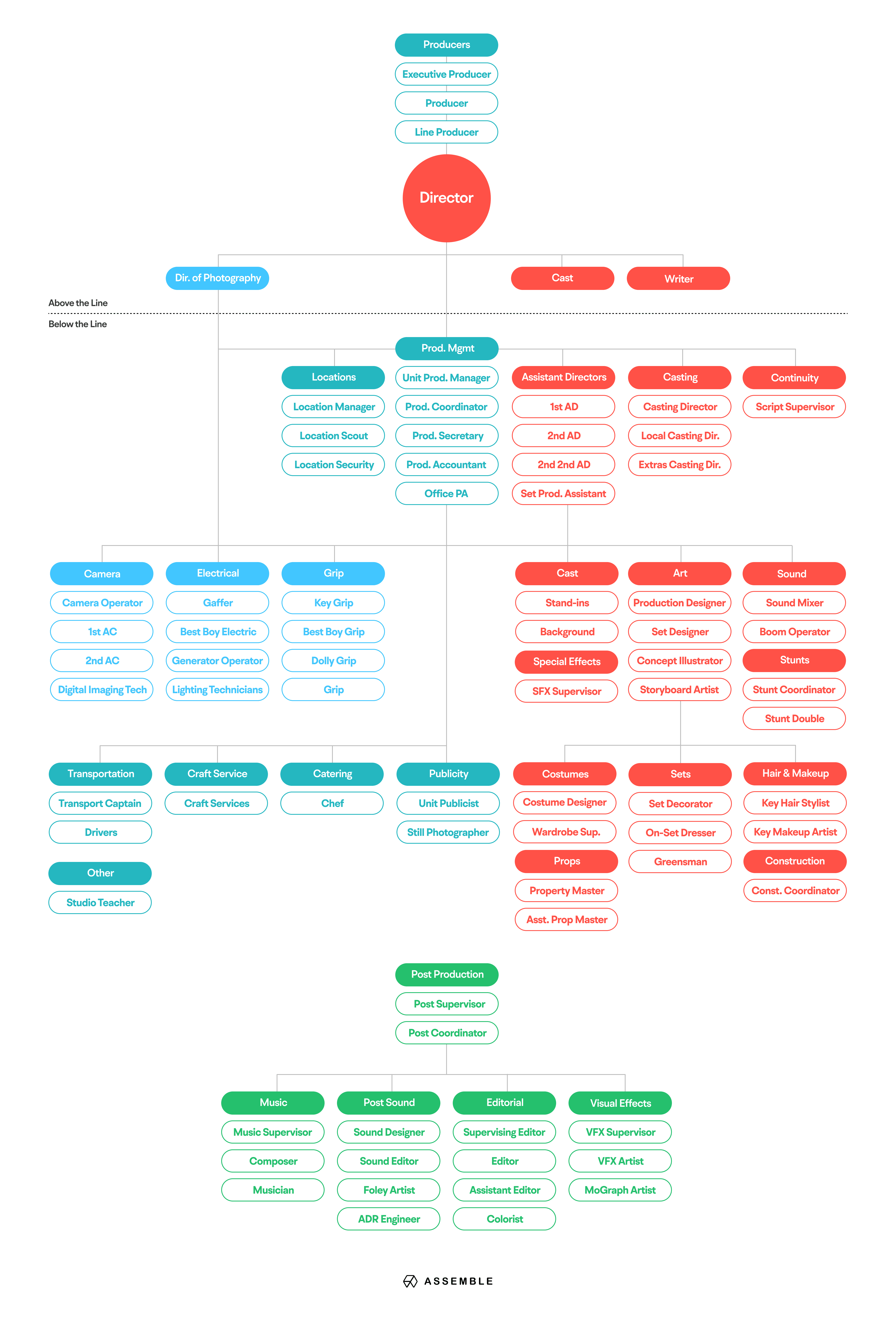What is a Cable Person?
A Cable Person (also known as Cable Wrangler) is a specialized crew member responsible for managing, routing, and maintaining all cables on a film set. They work closely with both the Lighting and Camera departments to ensure safe, efficient cable management during production.

Professional cable management setup on a film set



